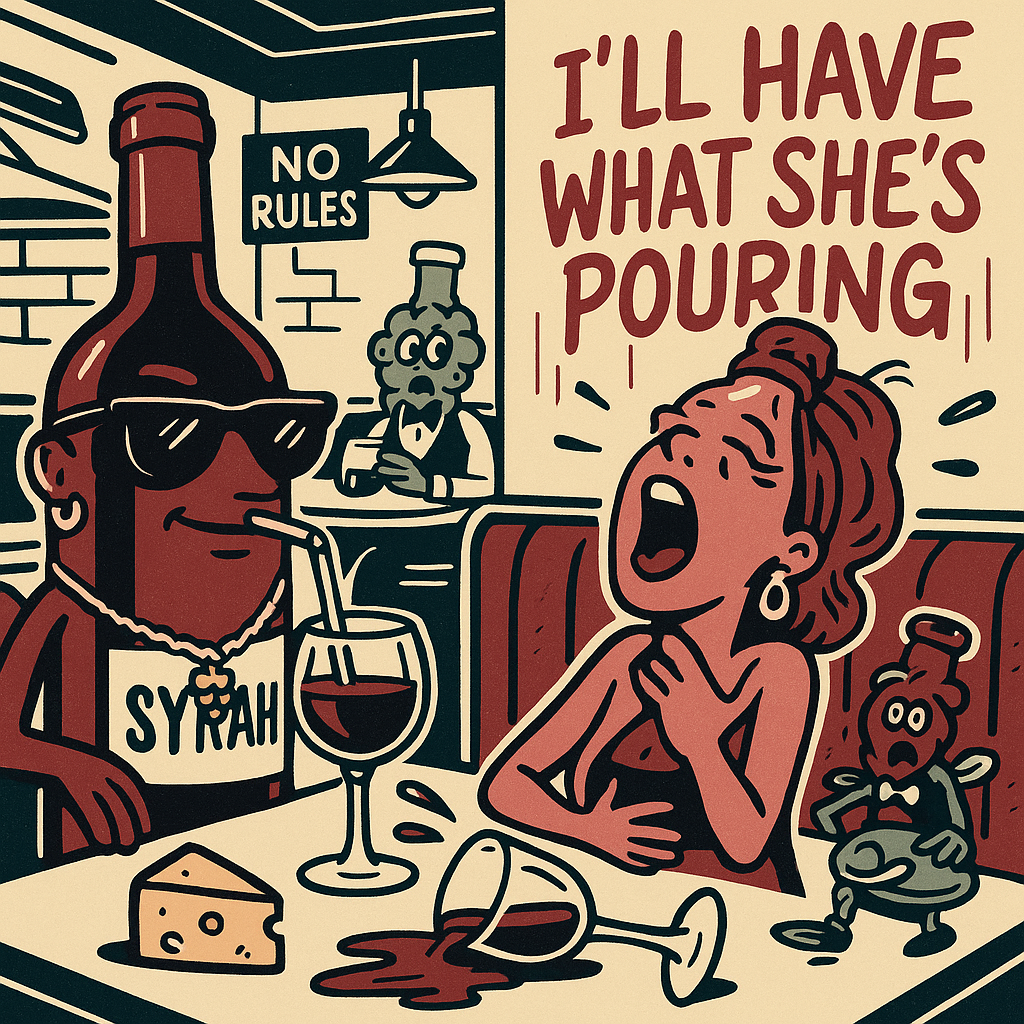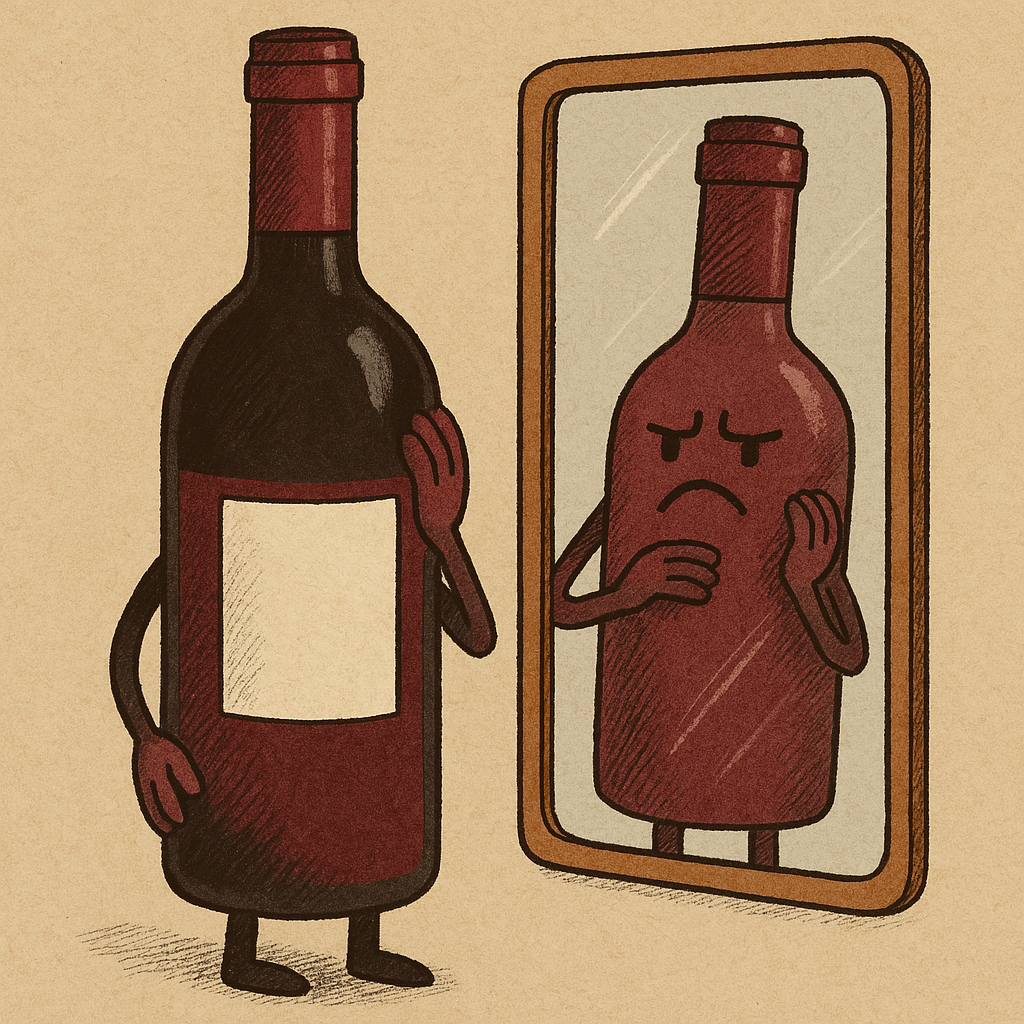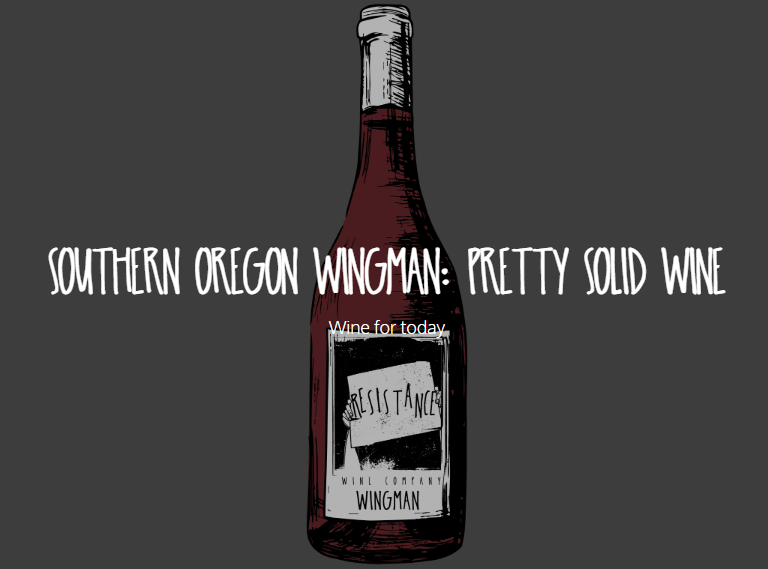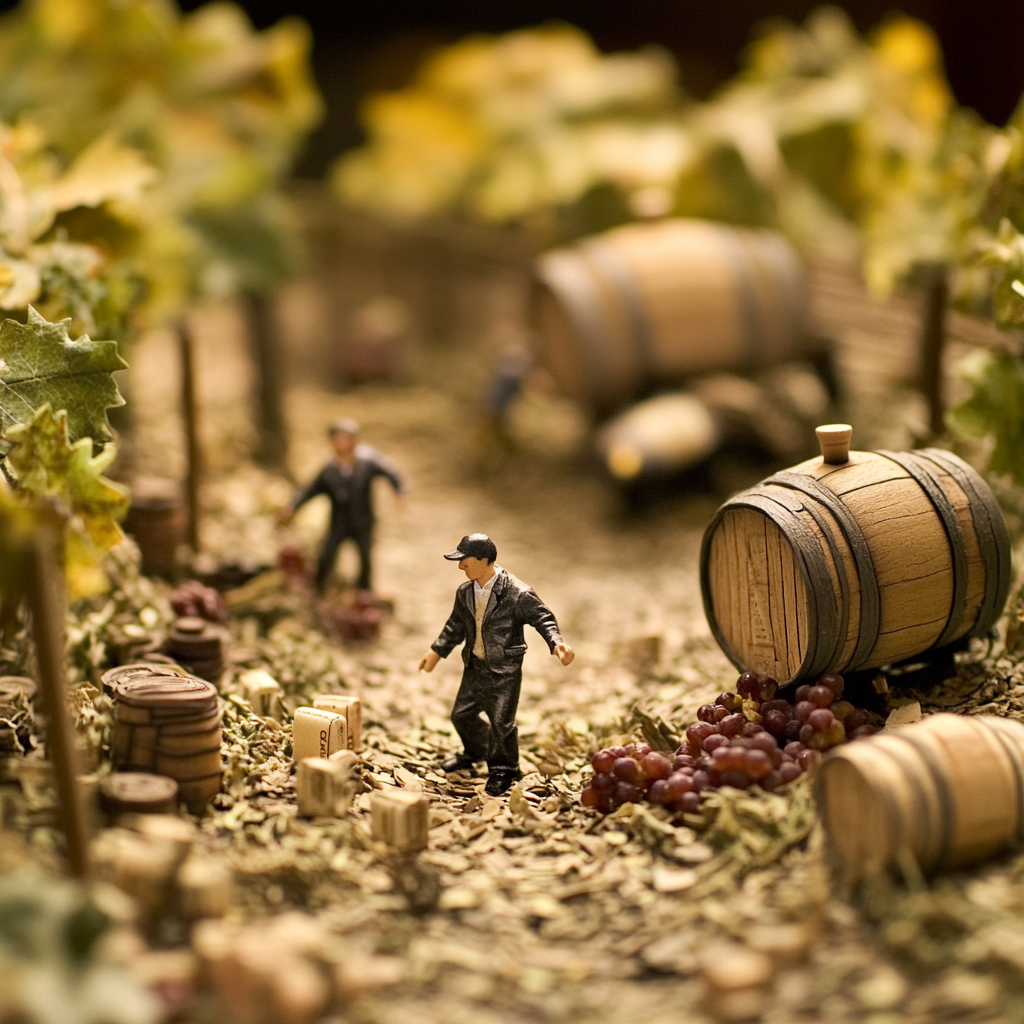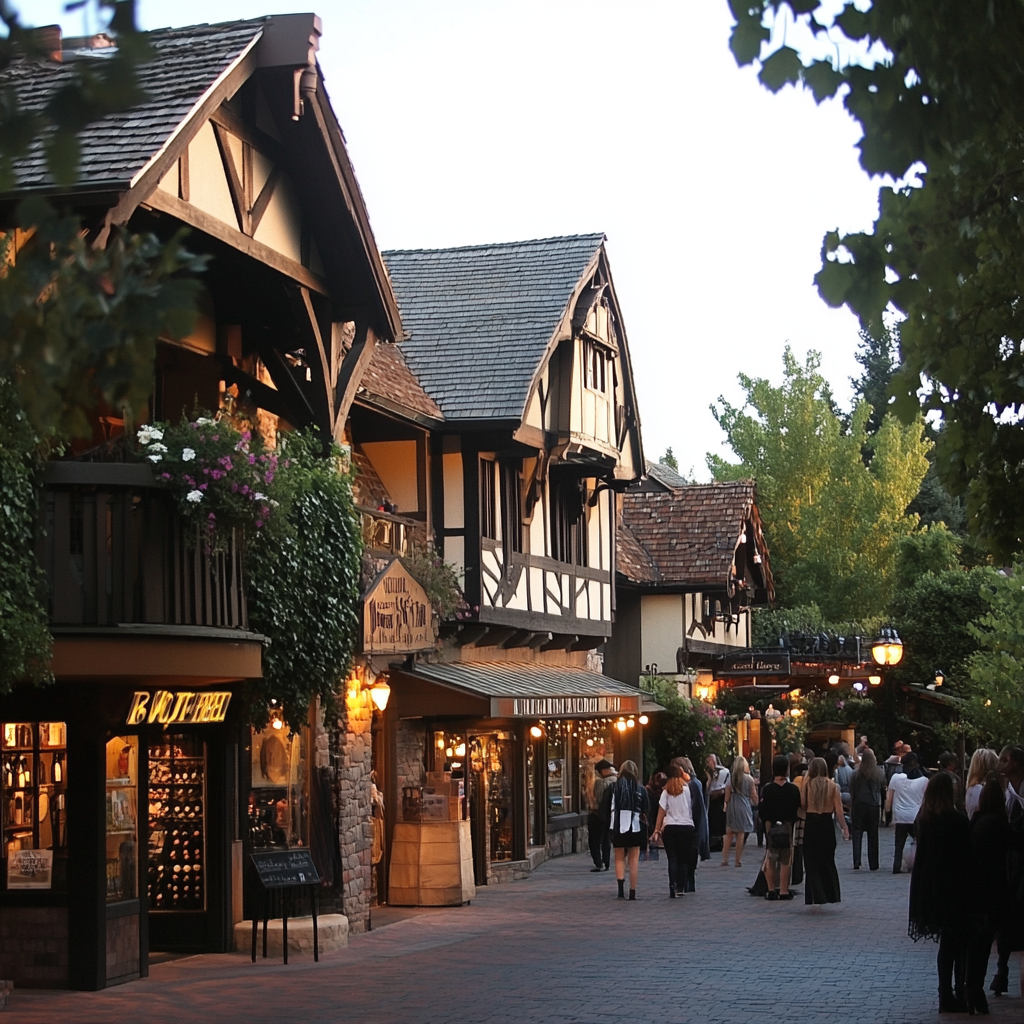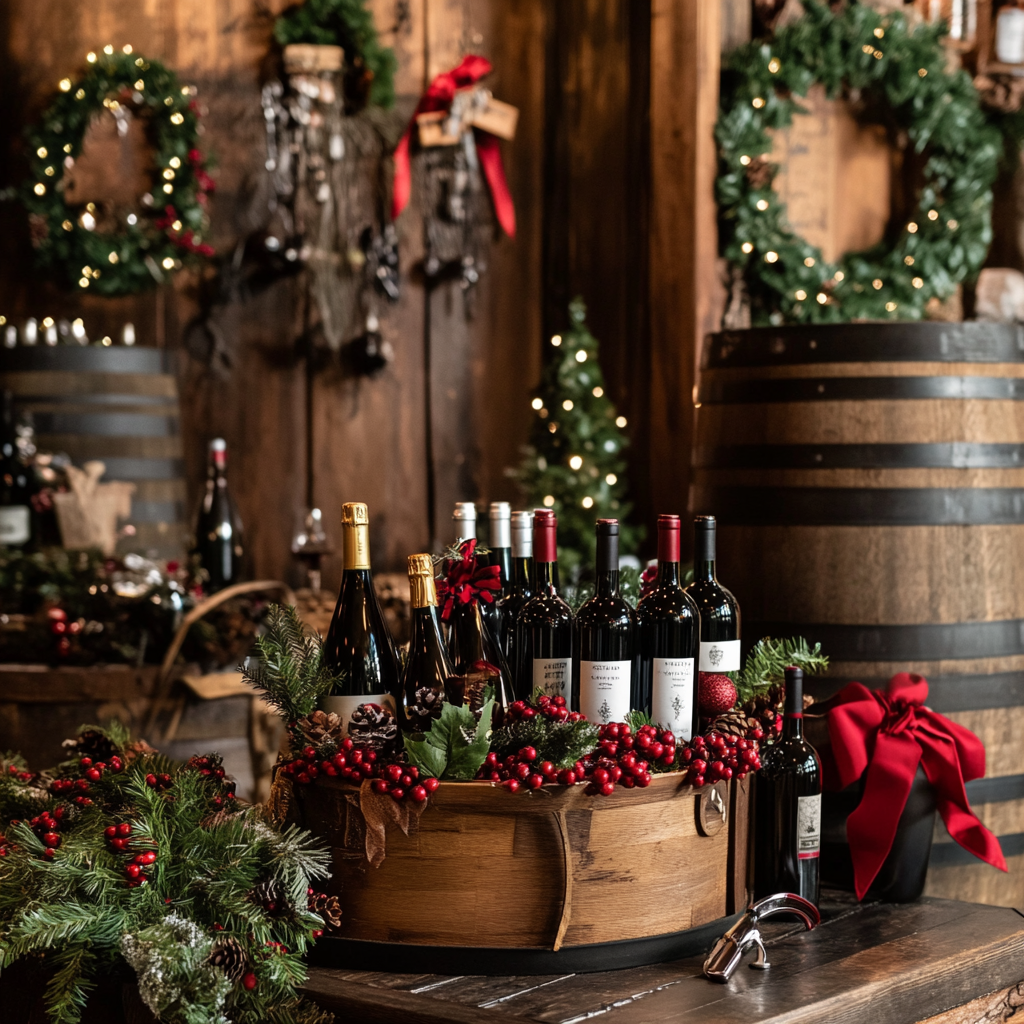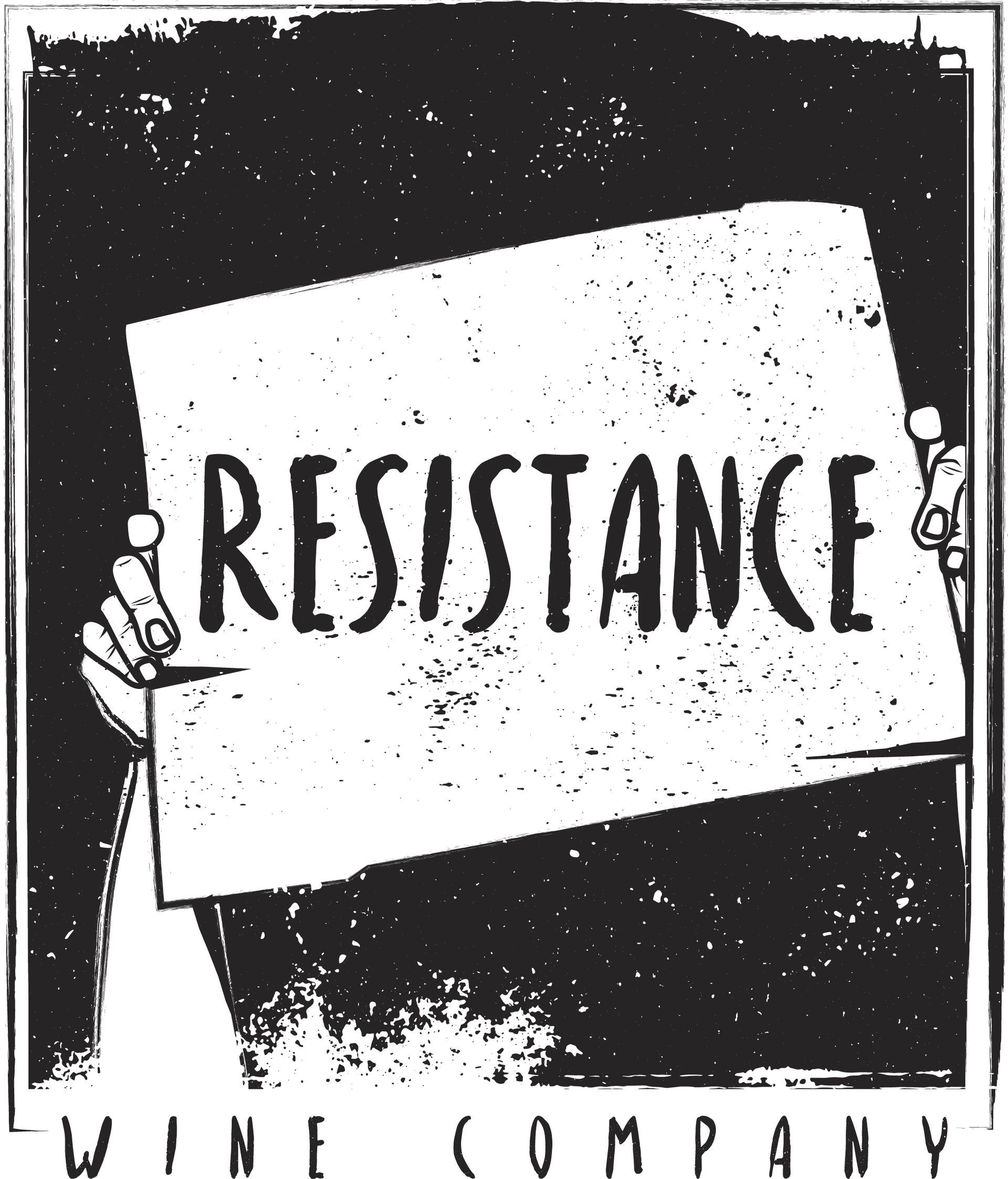When it comes to wine, age isn’t just a number—it’s a key ingredient that can dramatically change the flavors, aromas, and overall experience of what’s in your glass. But what exactly happens to wine as it ages, and how does this impact your tasting experience? Let’s take a deep dive into the world of aging wine, exploring how time can turn a young, vibrant bottle into something more complex, nuanced, and downright fascinating.
Impact of Age on Wine Tasting?
How Time Transforms Your Bottle
The Evolution of Flavor: From Fresh Fruit to Dried Fruit and Beyond
One of the most significant changes that occur as wine ages is the evolution of its flavor profile. When a wine is young, it’s often bursting with fresh, vibrant fruit flavors—think bright cherries, zesty citrus, or juicy berries. However, as the wine ages, these primary fruit flavors start to mellow and transform.
- Primary Flavors: In a young wine, you’re likely to taste primary flavors such as fresh fruits, florals, and herbs. These are the upfront, dominant flavors that give the wine its initial character.
- Secondary and Tertiary Flavors: Over time, those fresh fruit flavors begin to evolve into something more complex. The wine might develop secondary flavors (resulting from fermentation or oak aging) like vanilla, spice, or butter. As it continues to age, tertiary flavors—those that develop in the bottle—begin to emerge. These might include dried fruits, earth, leather, tobacco, and even a hint of nuttiness.
For example, a young Cabernet Sauvignon might be dominated by blackcurrant and plum flavors, but with age, those flavors can shift towards dried fig, tobacco, and even a touch of savory earthiness. It’s this transformation that makes aged wine so intriguing to connoisseurs.
Tannins: The Softening Touch
Tannins are the compounds in wine that give it structure and astringency—think of that drying sensation you get when sipping a bold red wine. In young wines, tannins can be quite aggressive, contributing to a wine’s bold, sometimes harsh, character. However, as the wine ages, these tannins begin to polymerize, or bind together, which softens their impact on the palate.
- Young Wine Tannins: In a young wine, tannins can be sharp and gripping, sometimes overshadowing the other flavors. This is often the case with wines like young Bordeaux, which can be almost austere in their youth.
- Aged Wine Tannins: Over time, those tannins mellow out, becoming softer and more integrated with the wine’s other components. This is why older wines often have a smoother, rounder mouthfeel, with tannins that add structure without overwhelming the palate.
This softening of tannins is particularly important for red wines that are known for their age-worthiness, such as Cabernet Sauvignon, Nebbiolo, and Syrah.
Acidity: The Backbone of Longevity
Acidity plays a crucial role in how well a wine ages. In young wines, acidity provides freshness and vibrancy, balancing the sweetness of fruit and the warmth of alcohol. As wine ages, its acidity can help preserve the wine’s balance, ensuring that it doesn’t become flat or lifeless over time.
- High Acidity Wines: Wines with high acidity, such as Riesling or Champagne, tend to age well because the acidity acts as a preservative, maintaining the wine’s structure as it develops more complex flavors.
- Aging Effects: While acidity generally remains constant as wine ages, its perception might change. As the wine’s other components, such as tannins and fruit flavors, evolve, the acidity might become more or less noticeable, depending on the wine’s balance.
A well-aged wine with balanced acidity can be a revelation, offering a seamless integration of flavors that feels both lively and mature.
Aroma Development: From Fresh to Complex
Just as the flavors in wine evolve with age, so too do its aromas. In a young wine, you might notice bright, fresh aromas like citrus, flowers, or green herbs. But as the wine ages, these aromas can become more complex, often shifting to a range of secondary and tertiary notes.
- Young Wine Aromas: Expect fresh, fruit-driven aromas like apple, pear, or cherry in a young wine, depending on the grape variety.
- Aged Wine Aromas: Over time, these aromas can develop into richer, more layered scents such as dried flowers, mushrooms, truffles, tobacco, and spices. These changes are a sign of a wine maturing gracefully, offering a more sophisticated aromatic profile.
The aroma of an aged wine can be a sensory journey in itself, revealing new layers with every swirl of the glass.
The Texture Factor: Smooth as Silk
One of the most delightful aspects of aged wine is its texture. While young wines might feel a bit rough or angular, aged wines often have a silky, velvety mouthfeel that’s incredibly satisfying.
- Integration: As the wine ages, all its components—tannins, acidity, alcohol, and flavors—become more integrated. This results in a wine that feels more cohesive and harmonious on the palate.
- Mouthfeel: The softened tannins and well-preserved acidity contribute to a mouthfeel that’s smooth, rounded, and often described as "silky" or "velvety." This textural change is one of the reasons why aged wines are so prized by enthusiasts.
Conclusion: The Beauty of Patience
Aging is one of the most fascinating aspects of wine, transforming the contents of a bottle into something far more complex and nuanced than it was in its youth. The evolution of flavors, the softening of tannins, the preservation of acidity, and the development of aromas all contribute to a richer, more rewarding tasting experience.
So, the next time you open a bottle of aged wine, take a moment to appreciate the journey it’s been on. After all, good things really do come to those who wait. Cheers to the timeless art of aging!
Learn more about types of Wine Tastings here:
Recent Posts
